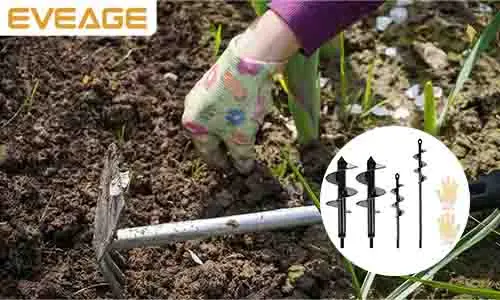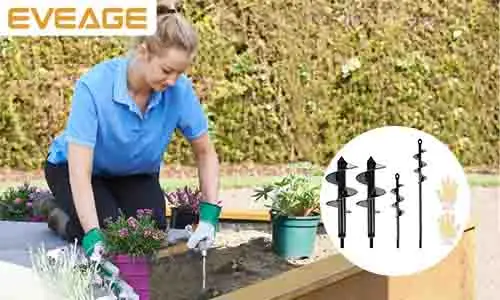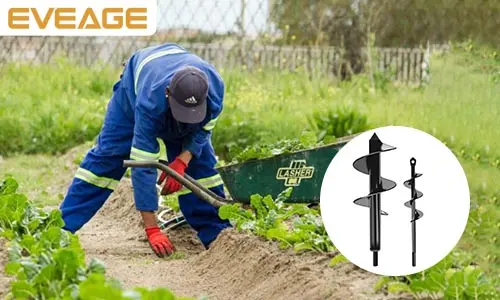Introduction
If you are planning on installing an auger in wet soil, there are a few things to consider. First and foremost is the type of auger that you are using. If you have a manual hand-crank auger, then it will not be as easy for you to use this tool in wet soil. You should consider using an electric or gas-powered auger instead since these types of tools are easier to operate even when working with wet soils. The second thing to consider if you want to use an auger on wet soil is how deep your project needs to go down into the ground; this will allow you to choose between different types of models depending on how much work they need doing at each depth level they reach within their reachable range before needing another extension cord or fuel source hooked up before continuing onward toward completing their task successfully!
Wet soil can be easy to work with
Soil is wet because of rain or irrigation, which means that it is easy to dig.
With wet soil, you can easily drill a hole for planting seeds or plants.
Wet soil makes it easy to plant your garden vegetables and flowers because there is little resistance.
You should consider the type of auger you are using
One of the most important things to consider when using an auger is the type of soil you are working with. If your soil is wet or frozen, then a manual auger may not be ideal for you, as they require more physical effort than other types of drills. Instead, consider using an electric or gas-powered drill if you have one available.
It’s important to know that not all soils are the same
Even the best augers can struggle in hard soils. You can increase the effectiveness of your auger by taking into account your soil type and how it will affect how well or quickly you can bore through it. If you’re working on sand, for example, a good bit will go into each hole with little effort from you—soil like this should be easy to work with. But if your soil is made up of clay or gravel (or anything else), then it’s more likely that even the best augers won’t get much done at all and will quickly wear out themselves due to friction with those hard materials.
An auger can be used in wet soil, but you will need to make sure you choose the right one.
Augers can be used in wet soil, but you will need to make sure you choose the right one.
-
Use a spiral auger bit. These bits are designed to cut through dense material like clay or stone with less resistance than a standard straight-shank auger bit. They also have fewer moving parts, which reduces the risk of failing and damaging your drill equipment.
-
Use sharp bits that are long enough for the job at hand (10 feet or more). This will ensure that you don’t damage the metal tip of your drill and make it hard for future use as well as reduce friction on its way into the ground so that your tool doesn’t overheat during use and break down faster than expected during drilling operations! You’ll also want something with good grip so that when it comes time to pull out whatever needs pulling out (like tree roots!), then removal will go smoothly without any strain on either side.”
Conclusion
In conclusion, an auger can be used in wet soil if you choose the right one. It’s important to know that not all soils are the same and you need to make sure that your auger is going through it without any problems.





